Bavaria has many places to discover and each one has a hidden treasure. Bavaria has all anyone could ever need for a well-earned break from a frenetic everyday life.
There are so many medieval castles, small towns, magnificent palaces, and Baroque churches. The Bavarian cities provide the backdrop for traditional events and opera festivals. So, we can say without a doubt that the traditional and the modern go hand in hand here.
Basic facts
Bavaria is officially the Free State of Bavaria (Freistaat Bayern) is in the southeast of Germany. Its name: “Free State” meant freedom from the German Reich.
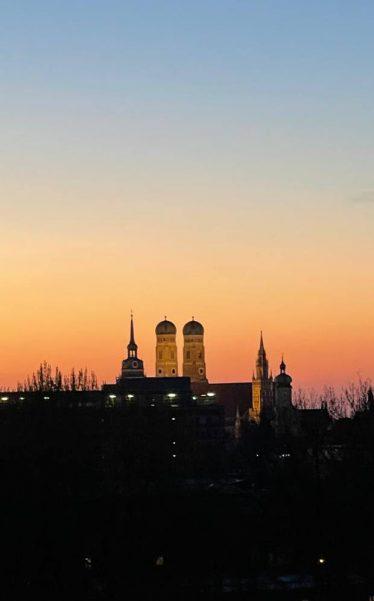
It has an area of 70,550.19 square kilometers (27,239.58 sq mi), and it is the largest German state by land area, comprising roughly a fifth of the total land area of Germany.
It is second in population only to North Rhine-Westphalia, but due to its large size, it is one of the least densely populated states. Bavaria’s main cities are Munich (its capital and the largest city and also the third-largest city in Germany), Nuremberg, and Augsburg.
The history of Bavaria includes its earliest settlement by Iron Age Celtic tribes, followed by the conquests of the Roman Empire (was the post-Republican period of ancient Rome) in the 1st century BC when the territory was incorporated into the provinces of Raetia and Noricum.
Bavaria has a unique culture, largely because of the state’s large Catholic plurality and conservative traditions.
Bavarians have traditionally been proud of their culture. A culture that includes language, cuisine, architecture, festivals, and elements of Alpine symbolism.
Contemporary Bavaria also includes parts of the historical regions of Franconia and Swabia.
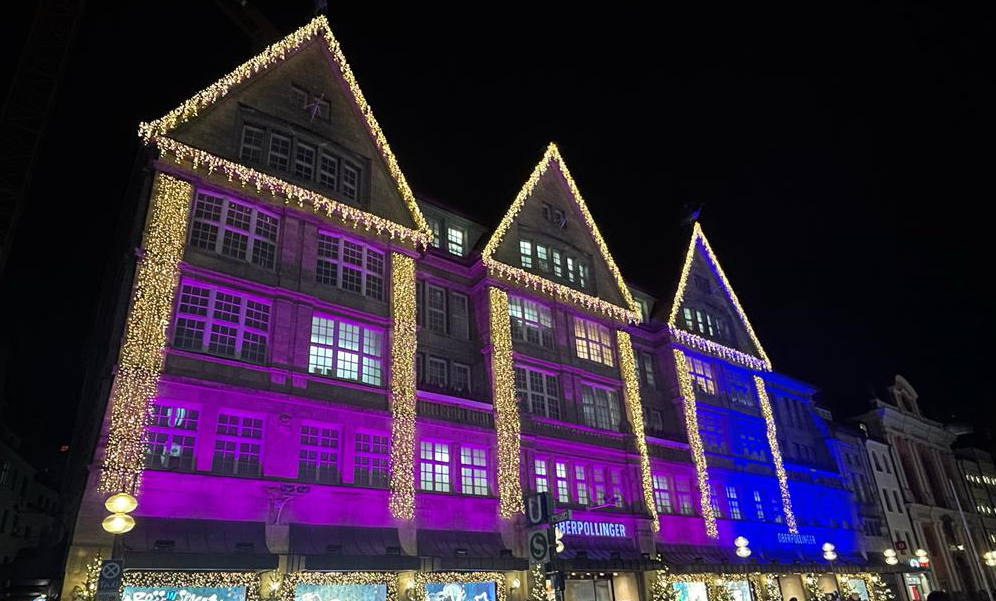
Bavaria is the largest state in the Federal Republic of Germany. Over twelve million people live and work in its over 70,000 square kilometers, which is divided into seven administrative districts.
As well as the eight cities with more than 100,000 inhabitants, including the two largest, Munich and Nuremberg, the rural areas are also very significant for Bavaria. This, given the fact that they make up around 85 percent of the state’s area and just under eight million people, or almost 60 percent of the Bavarian population, live, work and do business there.
Bavaria is home to several outstanding events. Some of these are the Munich Oktoberfest, the Augsburg Plärrer, or the Würzburg Kiliani fair. All of them attract large numbers of visitors from Germany and abroad year after year.
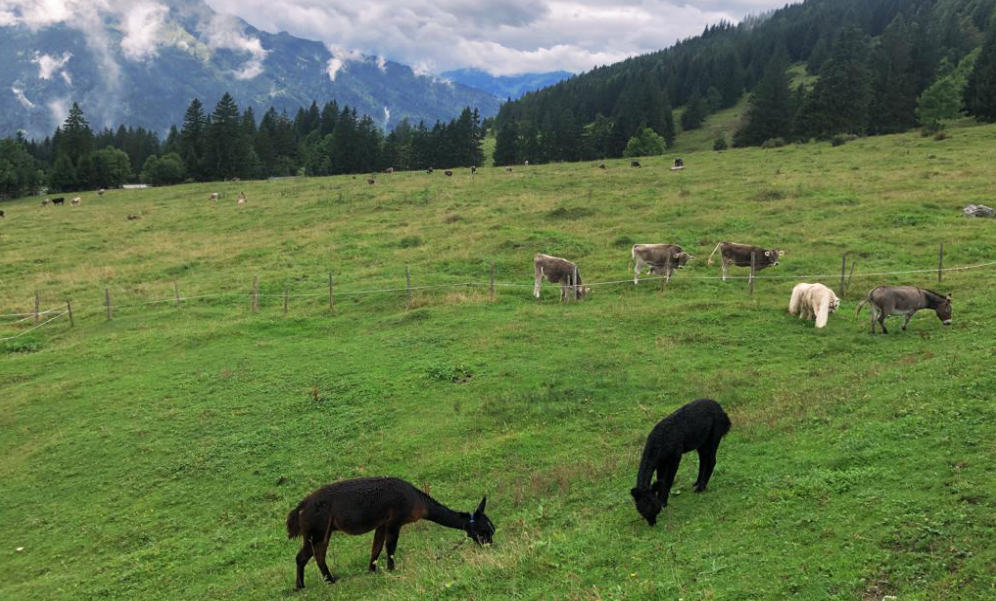
Bavaria’s gross domestic product of EUR 610 billion (2020) puts it ahead of 22 of the 28 EU member states. Furthermore, it is home to companies such as Adidas, Allianz, Audi, BMW, MTU Aero Engines, Galileo, German Space Operations Center, MAN, Puma, Webasto, Grob, Heidenhain, Koenig & Bauer, and Siemens, amongst many others.
Limitless
Baviera offers limitless inspiration and a zest for life. There are bright blue skies and crystal-clear lakes.
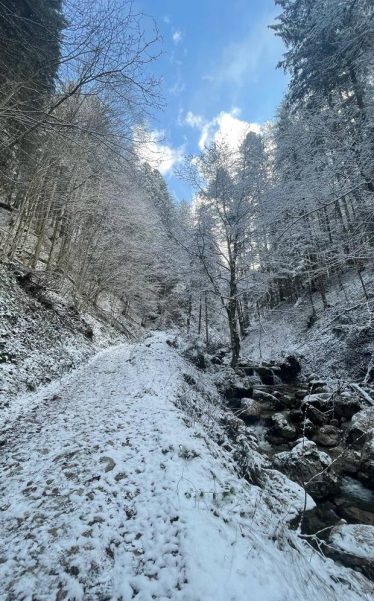
Small medieval towns and vibrant cities. There are mysterious forests and snow-capped peaks. Bavaria is always worth a visit.
It is possible to recharge batteries at one of the many contemporary wellness resorts or on a long and relaxing walk through the beautiful countryside.
In Baviera, tourism has a long tradition as an important economic sector. Obviously, the hospitality of the people, the breathtaking nature, as well as its cultural features are the reasons for it.
Whether it’s hiking hotels in the Fichtelgebirge, nature hotels in Spessart-Mainland, or winter sports hotels in Chiemgau, Bavaria’s tourists appreciate being active in harmony with nature.
There are also numerous health resorts and spas in Bavaria that make it possible for tourists to spend a relaxing time here.
There are numerous recreational facilities such as climbing halls, summer toboggan runs, and leisure parks that make Bavaria a lively environment for investors, operators, project developers, and tourists.
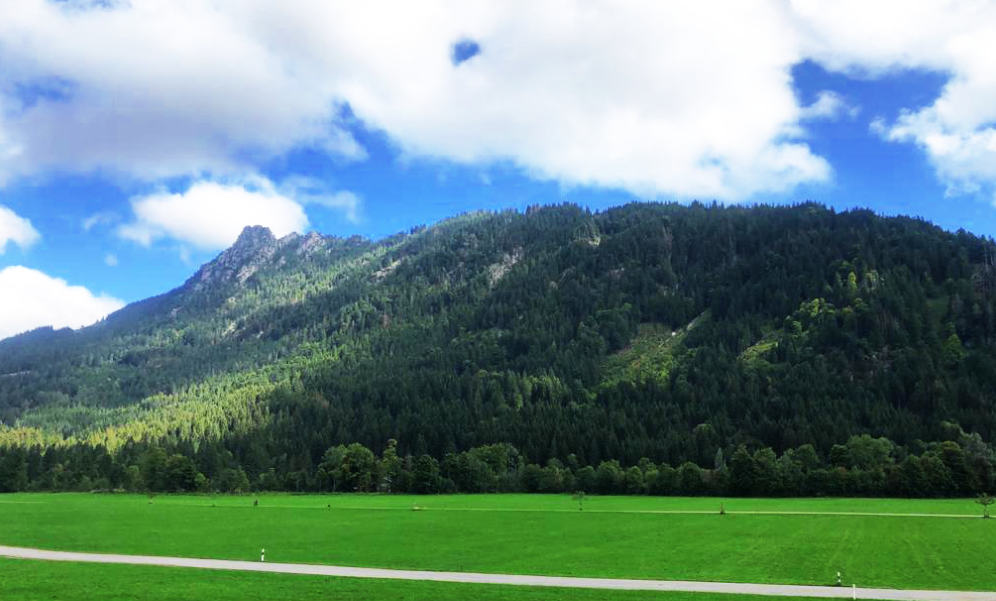
In southern Germany, Bavaria and its capital, Munich, wow visitors with their grand beauty. The area is known for its pristine countryside, clean air, wealth of culture, and infamous laid-back Bavarian attitude.
Guests can enjoy a relaxing break, the many crystal-clear rivers and lakes, the national parks, and countless nature reserves, the forests and vineyard slopes, the wild and romantic low mountain landscapes, and the majestic Alpine summits.
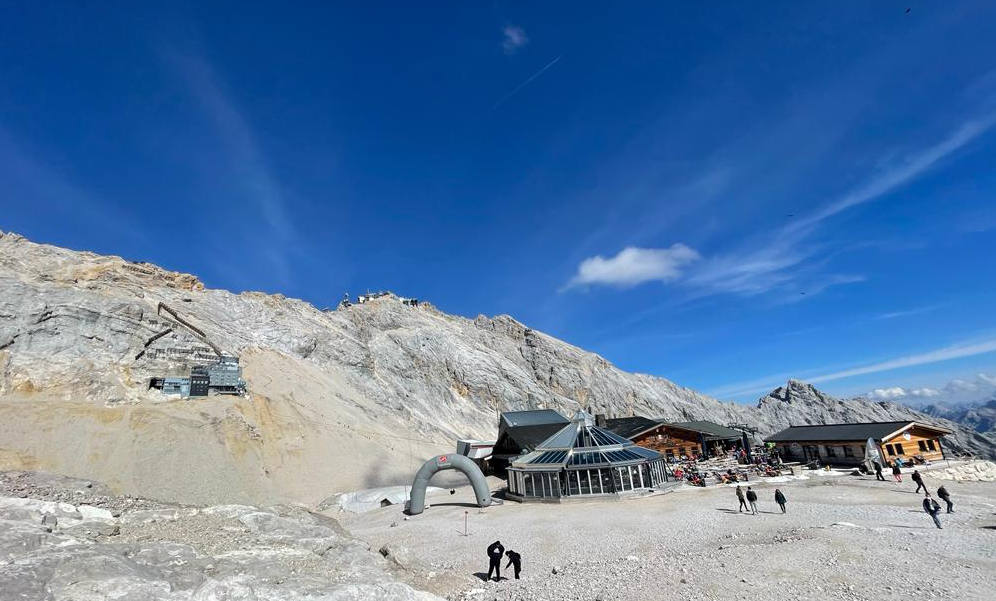
Zugspitze is the tallest peak in Germany. The best way to explore the sheer diversity of the countryside in the region is on the many popular tourist routes, such as the Romantic Road, the Castle Road, and the German Alpine Road.
But talking about this place is strange. It is strange because I consider that there are few adjectives that can do it justice. Besides being surrounded by pure nature, the view is dreamlike.
Historic Bavaria
Bavarian history allows everyone to be enchanted by buildings such as the Walhalla or Herrenchiemsee New Palace to Residence town of Würzburg or Augsburg.
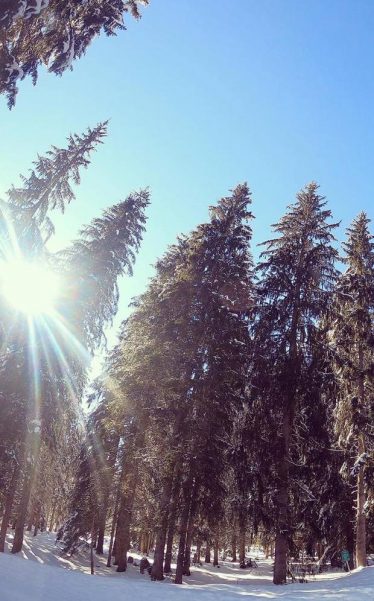
The Bavarians emerged in a region north of the Alps, previously inhabited by Celts, which had been part of the Roman provinces of Raetia and Noricum.
The Bavarians spoke a Germanic dialect which developed into Old High German during the early Middle Ages.
Unlike other Germanic groups, they probably did not migrate from elsewhere during the period of Western Roman collapse.
We should note that the heritage of important names is firmly anchored in Bavarian identity. The aristocratic Wittelsbacher family and visionaries like King Ludwig II have long influenced the image of Bavaria in the wider world. Throughout the world, Bavaria is famous for its majestic castles and palaces.
Where once the Bavarian aristocracy lived and formed part of the Myth of Bavaria, now visitors from near and far marvel at the immortal glamour of days gone by.
Here, the magic of days long gone can still be found. The soundtrack of a mythical and fabulous era will always accompany everyone who dares to look a bit closer.
Bavarian identity
Bavarians have often emphasized a separate national identity and considered themselves as “Bavarians” first, “Germans” second. In the 19th-century sense, an independent Bavarian State only existed from 1806 to 1871.
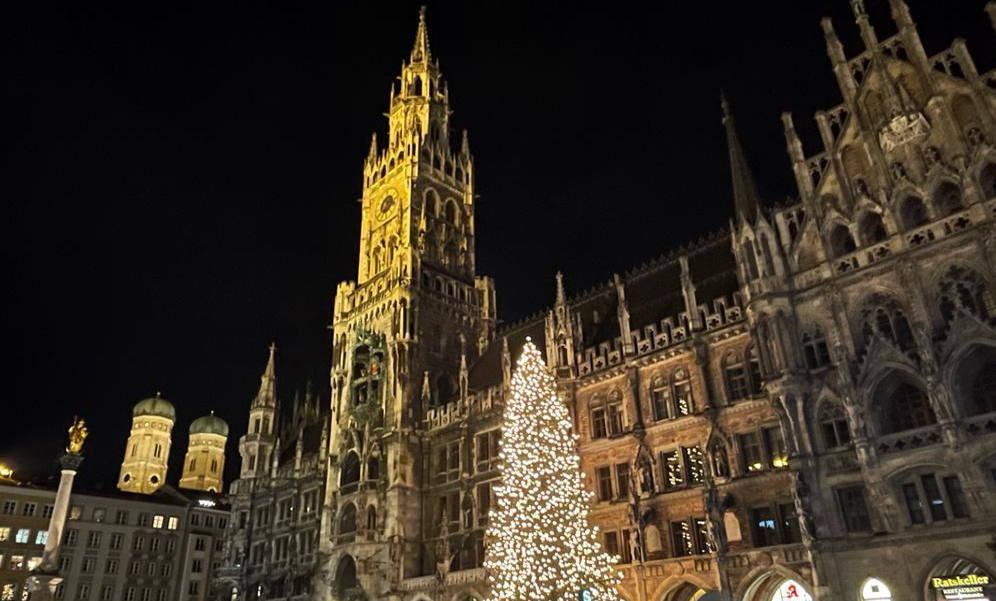
This feeling started to come about more strongly among Bavarians when the Kingdom of Bavaria was forced by Bismarck to join the Protestant Prussian-dominated German Empire in 1871, while the Bavarian nationalists wanted to keep Bavaria as Catholic and an independent state.
Nowadays, aside from the minority Bavaria Party, most Bavarians accept that Bavaria is part of Germany.
Another consideration is that Bavarians foster different cultural identities, esch dialect is unique.
Franconia in the north, speaking East Franconian German; Bavarian Swabia in the southwest, speaking Swabian German; and Altbayern (so-called “Old Bavaria”, the regions forming the “historic”, pentagon-shaped Bavaria before the acquisitions through the Vienna Congress, at present the districts of the Upper Palatinate, Lower and Upper Bavaria) speaking Austro-Bavarian.
The Free State
Free State has been an adopted designation after the abolition of monarchy in the aftermath of World War I in several German states. On 12 November 1918, Ludwig III signed a document, the Anif declaration, releasing both civil and military officers from their oaths; the newly formed republican government, or “People’s State” of Socialist premier Kurt Eisner, interpreted this as an abdication. To date, however, no member of the House of Wittelsbach has ever formally declared renunciation of the throne.
On the other hand, none has ever since officially called upon their Bavarian or Stuart claims. Family members are active in cultural and social life, including the head of the house, Franz, Duke of Bavaria. They step back from any announcements on public affairs, showing approval or disapproval solely by Franz’s presence or absence.
Eisner was assassinated in February 1919, ultimately leading to a Communist revolt and the short-lived Bavarian Soviet Republic being proclaimed 6 April 1919. After violent suppression by elements of the German Army and notably the Freikorps, the Bavarian Soviet Republic fell in May 1919.
The Bamberg Constitution (Bamberger Verfassung) was enacted on 12 or 14 August 1919 and came into force on 15 September 1919 creating the Free State of Bavaria within the Weimar Republic.
Extremist activity further increased, notably the 1923 Beer Hall Putsch led by the National Socialists, and Munich and Nuremberg became seen as Nazi strongholds under the Third Reich of Adolf Hitler. However, in the crucial German federal election, March 1933, the Nazis received less than 50% of the votes cast in Bavaria.
As a manufacturing center, Munich was heavily bombed during World War II and was occupied by U.S. troops, becoming a major part of the American Zone of Allied-occupied Germany (1945–47) and then of “Bizonia”.
The Rhenish Palatinate was detached from Bavaria in 1946 and made part of the new state Rhineland-Palatinate. During the Cold War, Bavaria was part of West Germany.
In 1949, the Free State of Bavaria chose not to sign the Founding Treaty (Gründungsvertrag) for the formation of the Federal Republic of Germany, opposing the division of Germany into two countries after World War II. The Bavarian Parliament did not sign the Basic Law of Germany, mainly because it was seen as not granting sufficient powers to the individual Länder (states), but at the same time decided that it would still come into force in Bavaria if two-thirds of the other Länder ratified it. All of the other Länder ratified it, and so it became law.
World-famous attractions
What are the hallmarks of Bavaria? Let me tell you that there are plenty to choose from.
King Ludwig II’s Neuschwanstein Castle, is a 19th-century palace on a rugged hill above the village of Hohenschwangau near Füssen in southwest Bavaria, Germany. The palace was commissioned by King Ludwig II of Bavaria as a retreat in honor of Richard Wagner. Ludwig chose to pay for the palace out of his personal fortune and by means of extensive borrowing, rather than Bavarian public funds. Construction began in 1869 but was never fully completed.
The castle was intended as a private residence for the King until he died in 1886. It was open to the public shortly after his death. Since then more than 61 million people have visited Neuschwanstein Castle. More than 1.3 million people visit annually, with as many as 6,000 per day in the summer.
The Wieskirche Pilgrimage Church is miraculously preserved in the settings of an Alpine Valley. It is the work of Dominikus Zimmermann. The church is decorated in the rococo style at its very best. It is visited by approximately one million people from all over the world every year.
There is a figure of the flagellated Christ in the center of this church. The story has it that on June 14th, 1738, a peasant named Maria Lory saw tears in the eyes of the statue of Christ at the whipping post. This miracle prompted a pilgrimage to the Scourged Saviour in Wies near Steingaden, and as the numbers of visitors grew, Dominikus Zimmermann built a remarkable place of worship between 1745 and 1754.
Across the whole of Bavaria, there are more than 100,000 architectural monuments, over 1,200 museums, and collections, 40 high-end theatres, and opera venues.
Nature
If you happen to be in Baviera, nature activities are hugely significant. One of the must-see and do activities is going to the Alps.
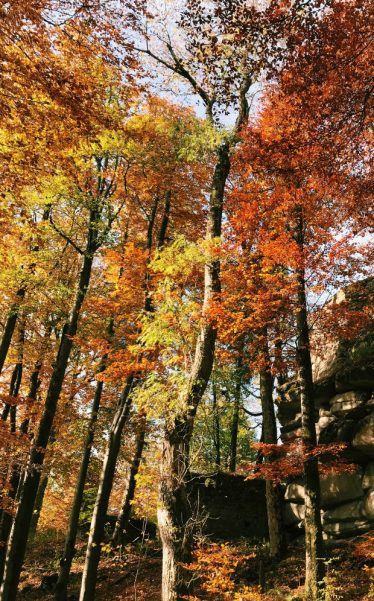
Geography may have handed Germany’s south a minor part of the Alps, but the region certainly makes the most of its peaks. It is a blessing that many of the peaks of the alps are a short train ride from Munich.
An important fact is that the Garmish-Partenkirchen ski resort is the place to be for the best fun in the snow, as it sits under Germany’s highest mountain, the Zugspitze, the top of which can be reached by train.
On the other hand, between Munich and the Alps, many picturesque foothill lakes reflect quaint villages and churches in their glassy waters. A magnificent example is the Fünf-seen-land, an area of five lakes that can be easily reached with the S-Bahn from Munich.
Southeast of Munich, the Chiemsee is a great place to mess around in boats, and the Königssee, is known to be Germany’s most stunningly beautiful body of water.
Beer and Food
Munich has often been called ‘the city of art and beer’, and when you are done with the art by day, the evenings belong to the frothy brews in typical beer halls such as the Hofbräuhaus, the Augustiner Bräustuben, and the Weisses Brauhaus.

Of course, the best time for disciples of the hop to make a pilgrimage to the Bavarian capital is during Oktoberfest (annually late September to the first weekend in October), during which around six million liters of beer are slurped.
But, something that many people tend to overlook is that outside Munich the beer is just as good or even better. An example is that in Franconia, Bavaria’s northern region, there are countless village breweries that pump out an astonishing variety of Landbier (small-scale regional beers) that can not be found anywhere else.
Bavarian cuisine may not enjoy worldwide renown, but the region’s meat-heavy menus are the perfect accompaniment to the unsurpassed beer. Eating out is not all about soaking up the beer, however. Munich has a thriving culinary scene, with vegetarian, vegan, Asian, and Michelin-starred gourmet restaurants, and boasts more Italian eateries than most cities in Italy. Out in the sticks, things are more traditional, though there’s still a lot of variety, especially where tourists congregate in numbers.
Castles and Romance
Every Bavarian town and hilltop seems to host a medieval noble pile or two, but it’s to three 19th-century follies commissioned by Bavaria’s King Ludwig II that most outsiders flock.
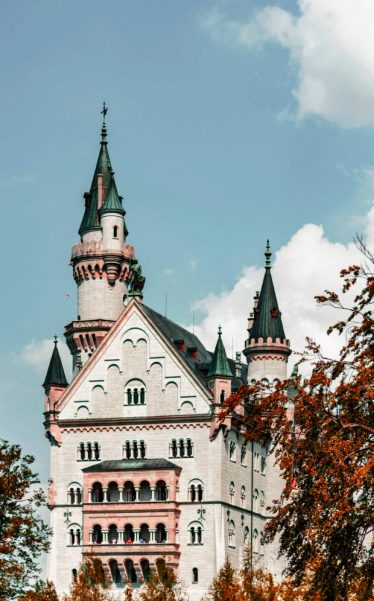
Rising out of Alpine forest near the town of Füssen, Schloss Neuschwanstein is Germany’s most popular tourist attraction, its dreamy turrets and dramatic location having inspired Walt Disney’s Sleeping Beauty castle.
Ludwig’s other two sugary creations are the Herrenchiemsee, a Versailles-inspired palace on an island in the Chiemsee, Bavaria’s biggest lake, and compact Linderhof in a remote Alpine location near Oberammergau.
Running along the western edge of Bavaria, the Romantic Road is Germany’s most popular tourist route, extending for 350km from Würzburg in the north to Füssen in the south.
It’s a ribbon of quaintness punctuated by perfectly preserved walled towns such as Rothenburg ob der Tauber, Dinkelsbühl, and Nördlingen. The route is traveled by millions of visitors over the summer; go in winter when a blanket of snow adds some authentic romance to these special places.
Falling for Baviera
In Baviera, the phrase “tourism for all” really became evident for me. They provide accessible travel destinations and accommodation with reliable information. In Bavaria, you can enjoy a carefree holiday without any restrictions.
In its mountains and nature reserves, Bavaria revels in a combination of ancient cultural landscapes and wild natural environments.
For generations, locals have re-interpreted special Bavarian traditions by bridging the gap between the old or new – or simply, by being traditionally different.
I consider myself new to the southern part of Germany. I have lived in Munich, Baviera’s capital, for the past 3 years. I was very hesitant at first but I must admit that Baviera has become much more than a synonym with beer and Bratwurst, Christmas Markets, and Oktoberfest. I never knew that it offered so many fairy-tale castles. and skiing in the Alps. There’s much more to Bavaria than the stereotypical Lederhosen and felt hat.


